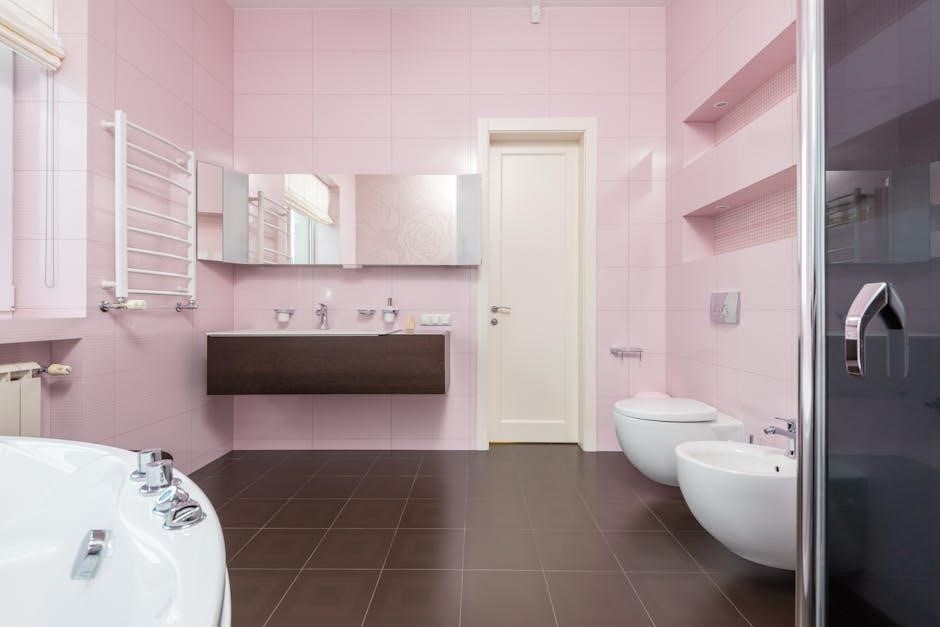Manual handling involves lifting, carrying, and moving objects, with the TILE acronym helping to assess risks, including task, individual, load, and environment, to ensure a safer working process and reduce workplace injuries effectively always.
Understanding the Importance of Manual Handling
Manual handling is a crucial aspect of various industries, including healthcare, manufacturing, and construction, where workers are required to lift, carry, and move objects regularly. The importance of manual handling lies in its potential to cause injuries and harm to workers if not performed correctly. According to various studies, manual handling is a leading cause of workplace injuries, resulting in significant costs to employers and employees alike. The TILE acronym, which stands for task, individual, load, and environment, is a useful tool in assessing and mitigating these risks. By understanding the importance of manual handling, employers and employees can take proactive steps to prevent injuries and ensure a safer working environment. This includes providing training on proper lifting techniques, conducting regular risk assessments, and implementing control measures to reduce the risk of injury. Effective manual handling practices can help to reduce workplace injuries, improve productivity, and promote a culture of safety in the workplace.

TILE is an acronym representing task, individual, load, and environment, helping to assess and mitigate manual handling risks effectively always in workplace settings and industries.
Breaking Down the TILE Acronym
The TILE acronym is a useful tool for assessing and mitigating manual handling risks, and it can be broken down into its individual components to better understand its application.
The task refers to the specific activity or maneuver being performed, such as lifting, carrying, or pushing.
The individual refers to the person performing the task, including their physical capabilities and limitations.
The load refers to the object or material being handled, including its size, weight, and shape.
The environment refers to the surrounding workspace, including any obstacles, hazards, or other factors that may affect the task.
By considering each of these factors, employers and employees can work together to identify potential risks and develop strategies for minimizing them, creating a safer and healthier work environment.
This approach can help to reduce the incidence of work-related injuries and illnesses, and promote a culture of safety and wellness in the workplace.
Effective use of the TILE acronym requires a thorough understanding of its components and how they interact with each other.

Risks Involved in Manual Handling
Manual handling poses risks of injury, illness, and accidents, affecting workers’ health, safety, and well-being, with negative consequences always.
Assessing Risks Using the TILE Framework
The TILE framework is a useful tool for assessing risks involved in manual handling, helping to identify potential hazards and take steps to mitigate them. By considering the task, individual, load, and environment, employers can reduce the risk of injury and illness to their workers. This framework is widely used in many industries, and its effectiveness has been proven in reducing workplace accidents. The TILE framework is a simple and effective way to assess risks, and it can be applied to a wide range of manual handling tasks. It is an essential part of any manual handling risk assessment, and it can help to ensure that workers are safe and healthy. Using the TILE framework, employers can identify potential risks and take steps to eliminate or reduce them, creating a safer working environment for everyone. This approach is practical and effective, and it can be used in many different situations.

Implementing TILE in the Workplace
Employers implement TILE in workplaces to minimize manual handling risks and ensure worker safety always using proper techniques and training programs effectively every day.
Best Practices for Safe Manual Handling
To ensure safe manual handling, several best practices can be implemented in the workplace, including proper training and risk assessments using the TILE framework, which considers task, individual, load, and environment factors.
Additionally, providing personal protective equipment and encouraging open communication among workers can help prevent injuries and reduce the risk of manual handling accidents, promoting a safer working environment for all employees, every day, always.
Regular review and update of manual handling procedures are also essential to ensure compliance with changing regulations and to incorporate new safety measures and techniques, ultimately reducing the risk of workplace injuries and promoting worker well-being, which is crucial for a healthy and productive work environment.

on Manual Handling and TILE
The use of the TILE acronym, which considers task, individual, load, and environment factors, provides a comprehensive approach to manual handling risk assessment, and its adoption is essential for employers and employees alike, to ensure compliance with health and safety regulations.
By understanding and applying the principles of the TILE framework, organizations can create a culture of safety and well-being, reducing the risk of manual handling accidents and promoting a positive and productive work environment, which is essential for the success and growth of any organization, and for the well-being of its employees, every day.
